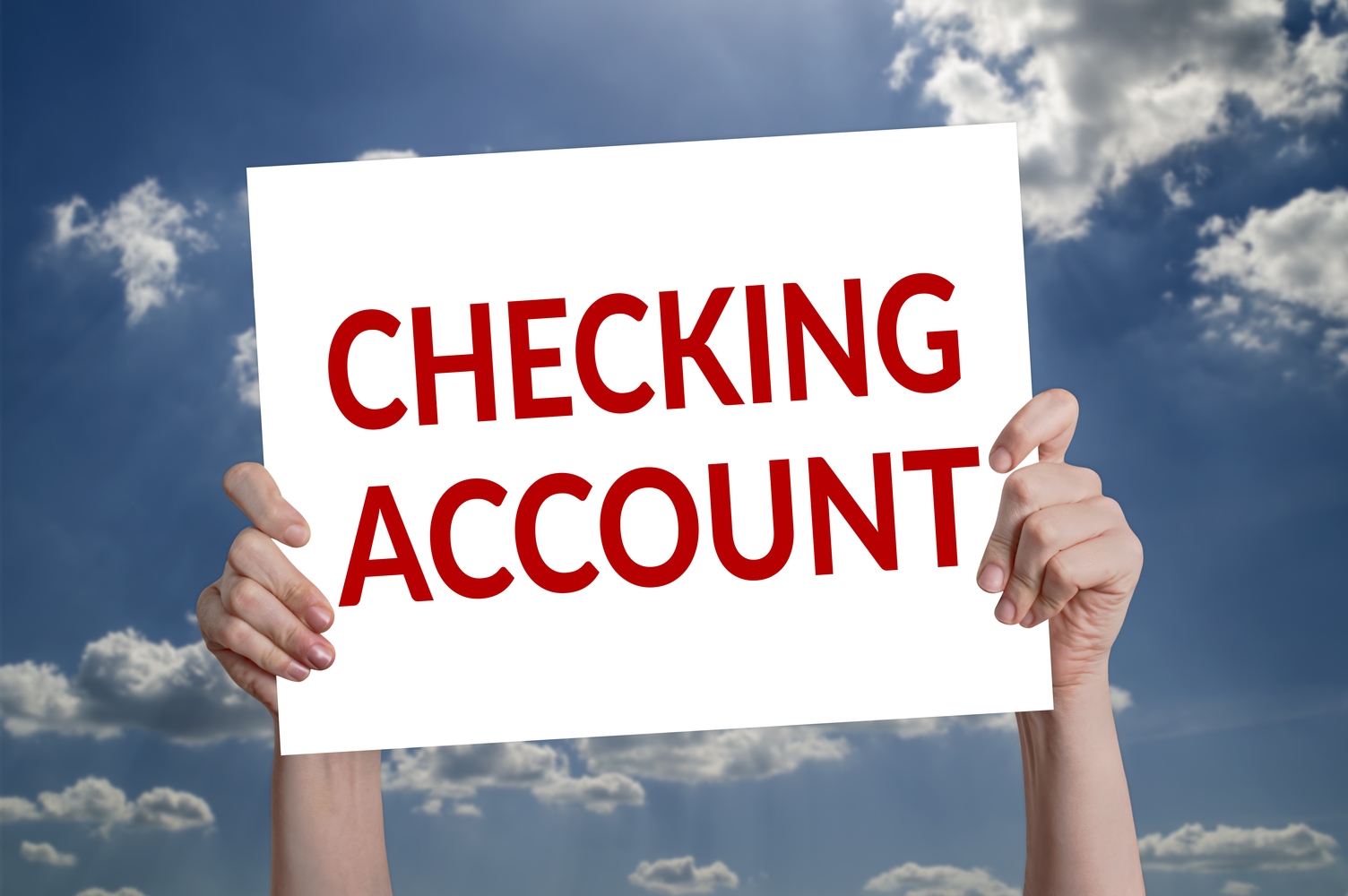Comprehensive Guide to Opening a Zero-Fee Online Banking Account
This comprehensive guide explores how to open a zero-fee online bank account, highlighting the benefits, safety tips, and step-by-step procedures. Online banking offers higher interest rates and lower costs, making it an attractive choice for modern consumers. The article covers essential topics such as verification requirements, security measures, and FDIC insurance, ensuring readers can confidently choose the right account to meet their financial needs while avoiding unnecessary fees and risks.

Comprehensive Guide to Opening a Zero-Fee Online Banking Account
In recent years, the landscape of banking services has undergone significant changes, particularly concerning fee structures and account offerings. While traditional banking accounts often come with monthly maintenance fees—sometimes reaching up to $10 or more—the trend is shifting towards more cost-effective and accessible online banking solutions. However, it's noteworthy that completely free banking accounts are becoming increasingly rare, with many banks gradually phasing them out due to declining profitability. This comprehensive guide aims to explore the current state of no-cost banking accounts, especially online options, and provide practical steps for opening such accounts while ensuring financial safety and maximizing benefits.
Although free banking accounts seem ideal for consumers seeking to minimize banking costs, it's essential to understand the underlying factors influencing their availability and the potential hidden charges that may apply. For instance, some free accounts impose restrictions such as limited withdrawal options, limited access to physical branches, or requirements to maintain a minimum balance. Moreover, even accounts advertised as free may have associated costs, including overdraft fees, ATM withdrawal charges outside of certain networks, and penalties for not meeting minimum balance criteria. Therefore, consumers should carefully review the terms and conditions of each account before committing.
Are online banking accounts truly free?
Understanding the operational framework of online banking is crucial in answering this question. Many online banks promote themselves as offering fee-free accounts, often enticing users with higher interest rates, lower fees, and enhanced digital features. These accounts typically do not have physical branches and operate entirely over the internet, which significantly reduces overhead costs for banks. As a result, they can pass on these savings to customers in the form of free accounts, higher yields, and fewer service charges.
Typically, opening an online bank account involves a straightforward, paperless process that can be completed conveniently from any personal device. Here's how you can typically open an online banking account:
Visit the official website of your chosen online bank. Most have clear, prominent options such as “Open Your Account Now” or “Get Started.”
Prepare to provide essential personal information, including your full name, residential address, contact number, date of birth, and government-issued identification.
Many banks require you to submit your Social Security Number (SSN) or Taxpayer Identification Number (TIN) to verify your identity.
You might need to make a nominal initial deposit—sometimes as low as $1 or $10—to facilitate account verification and activation.
Once these steps are completed and your identity verified, your online banking account will typically be set up within a few business days. Some banks also offer instant account creation after completing the online application process.
While online banking accounts often waive monthly maintenance fees and do not require a minimum balance, it is imperative to review their specific policies regarding charges, interest rates, and account limitations. Always ensure that the bank is insured by the FDIC (Federal Deposit Insurance Corporation), which safeguards your deposits up to a specified limit, thereby protecting your funds in case of bank failure.
Security is paramount when dealing with online banking. Use strong, unique passwords for your account, enable two-factor authentication if available, and regularly monitor your account statements for suspicious activities. Avoid sharing sensitive details through unsecured channels or on phishing sites that mimic legitimate banking portals.
In conclusion, opening a no-cost online bank account offers numerous advantages, including higher interest rates, reduced overhead costs for banks, and increased convenience for users. These accounts are especially suitable for individuals comfortable managing their finances digitally and seeking to avoid traditional banking fees. By understanding the operational aspects and safety measures involved, you can make informed decisions and enjoy the full benefits of online banking.





